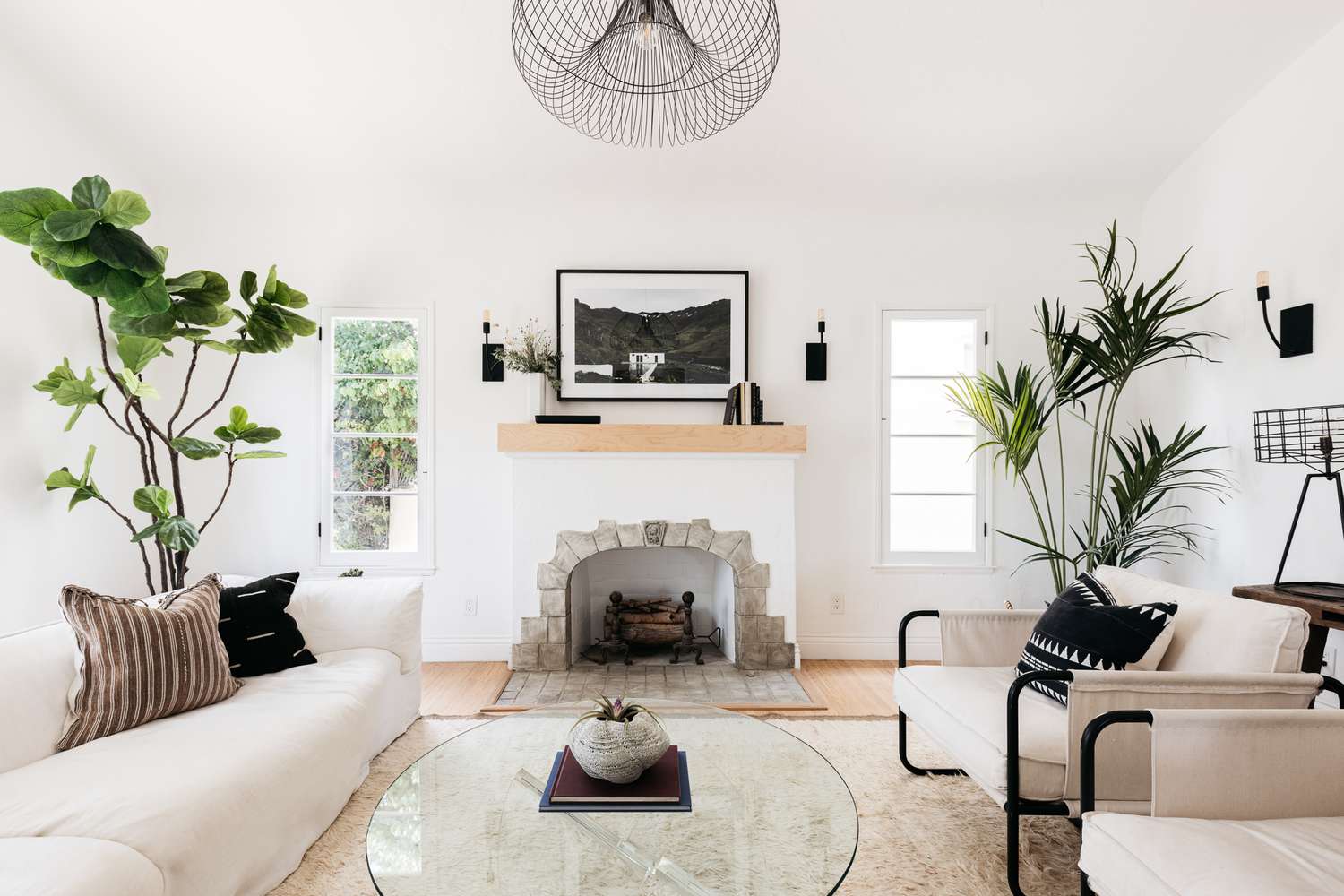

Articles
How To Decorate Living Room With Fireplace
Modified: October 20, 2024
Discover articles and tips on how to beautifully decorate your living room with a fireplace, creating a cozy and inviting ambiance.
(Many of the links in this article redirect to a specific reviewed product. Your purchase of these products through affiliate links helps to generate commission for Storables.com, at no extra cost. Learn more)
Introduction
The living room is often the heart of a home, a space where families gather and guests are entertained. It is essential to create a warm and inviting ambiance in this central area, and one of the most effective ways to achieve this is by incorporating a fireplace into the living room decor. The presence of a fireplace instantly adds a sense of coziness and comfort, making it the perfect feature for those chilly nights or intimate gatherings.
By carefully decorating the living room with a fireplace, you can transform it into a welcoming and inviting space that exudes warmth and charm. Whether you have a traditional wood-burning fireplace or a modern electric one, there are various design elements and considerations to keep in mind to maximize the visual appeal and functional benefits of this focal point.
Creating a cozy and inviting atmosphere in the living room goes beyond selecting the right furniture and color scheme. A fireplace adds another layer of warmth and comfort, providing both literal and figurative heat to the space. The crackling sound of the fire and the flickering flames create a soothing and relaxing ambiance, making it the perfect spot to curl up with a book or unwind after a long day.
With the right design choices and thoughtful decor, you can enhance the visual appeal of the fireplace and create a cozy ambiance that beckons everyone to gather around and enjoy its warmth and beauty. From choosing the right type of fireplace to positioning it strategically in the living room, this article will guide you through the process of decorating your living room with a fireplace.
Key Takeaways:
- Create a cozy living room by choosing the right fireplace type, arranging furniture thoughtfully, and incorporating surrounding decor to enhance the warmth and charm of the space.
- Enhance the visual appeal of your fireplace by selecting the perfect mantel, incorporating decorative elements, and optimizing lighting to create a warm and inviting ambiance in your living room.
Choosing the Right Fireplace
When it comes to choosing the right fireplace for your living room, there are several options to consider. Each type of fireplace offers its own unique benefits and considerations, so it’s important to evaluate your needs and preferences before making a decision.
1. Wood-Burning Fireplaces: These traditional fireplaces bring a classic and rustic charm to any living room. They use wood logs as fuel and require proper ventilation for smoke. Wood-burning fireplaces provide authentic warmth and the comforting crackle of burning wood, but they also require regular maintenance and cleaning.
2. Gas Fireplaces: Gas fireplaces are a popular choice for modern living rooms. They provide the convenience of instant warmth at the flick of a switch. Gas fireplaces are clean-burning, efficient, and require minimal maintenance. They come in various designs, including freestanding units and built-in inserts.
3. Electric Fireplaces: Electric fireplaces offer a hassle-free and versatile option for adding a fireplace to your living room. They are easy to install and require no venting or dedicated fuel source. Electric fireplaces provide adjustable heat settings and flame effects, allowing you to enjoy the ambiance of a fire without the need for actual flames.
When selecting the ideal fireplace for your living room, consider the following:
– Budget: Determine your budget and choose a fireplace within your price range. Remember to consider not only the initial cost but also the long-term expenses, such as fuel or maintenance.
– Available Space: Assess the size and layout of your living room to determine the appropriate size and style of fireplace. A large room may accommodate a grand hearth, while a smaller space may require a compact design.
– Heating Needs: If you live in a colder climate, you may want a fireplace that provides significant heat output. Consider the heating capacity of each type of fireplace to ensure it can effectively warm your living room.
– Aesthetic Appeal: Select a fireplace style that complements your living room decor and personal taste. From traditional designs to sleek modern options, choose a fireplace that enhances the overall aesthetics of your space.
By carefully considering the available options and your specific requirements, you can choose the perfect fireplace for your living room. Keep in mind that installation may require professional assistance, so consult with experts to ensure a safe and efficient setup.
Fireplace Placement and Orientation
Once you’ve chosen the right type of fireplace for your living room, it’s crucial to determine its optimal placement and orientation. This decision will have a significant impact on both the functionality and aesthetic appeal of the fireplace in your space.
To determine the best location for your fireplace, consider the following factors:
1. Room Layout: Evaluate the overall layout and structure of your living room. Identify the focal point of the room, such as a prominent wall or a central seating area. Placing the fireplace in proximity to this focal point will draw attention and create a harmonious visual composition.
2. Accessibility: Ensure that the fireplace is easily accessible for maintenance and cleaning. It’s essential to have enough space for safe operation, including proper clearance from furniture, walls, and other objects. If your living room layout is limited, consider a corner fireplace or a wall-mounted option.
3. Ventilation: If you have a wood-burning or gas fireplace, ventilation is crucial. Ensure that the fireplace is placed near an exterior wall or an existing chimney to enable proper venting of smoke and gases. This will help maintain good air quality in your living room.
4. Safety Considerations: Always prioritize safety when determining the placement of your fireplace. Keep flammable materials, such as curtains or furniture, at a safe distance. Install a heat resistor or glass screen to prevent accidental burns and sparks from reaching the surrounding area.
5. Focal Point: Consider the impact you want your fireplace to have in your living room. Placing it at the center of attention, such as in the middle of a large wall or as a divider between two spaces, will ensure that it becomes the focal point of the room and captures everyone’s attention.
Remember that the orientation of your fireplace can also impact its functionality. For wood-burning fireplaces, ensure that the opening faces towards the seating area, allowing you to enjoy the warmth and ambiance. Electric and gas fireplaces offer more flexibility in terms of orientation, as they don’t require a designated direction for heat distribution.
By carefully considering the layout, accessibility, ventilation, safety, and focal point considerations, you can determine the best placement and orientation for your fireplace. Seek professional guidance if needed to ensure proper installation and adherence to safety codes. Placement in the living room that optimizes both functionality and aesthetic appeal will create a stunning and inviting focal point for your space.
Selecting the Perfect Mantel
The mantel is a significant element of any fireplace design as it serves both functional and aesthetic purposes. It provides a decorative focal point and offers a platform to display artwork, family photos, or other cherished mementos. When selecting the perfect mantel for your fireplace, consider the following factors:
1. Material: Mantels come in a variety of materials, each with its unique appearance and characteristics. Common options include wood, stone, marble, and metal. Choose a material that complements the style of your fireplace and living room decor. For a traditional look, opt for a wooden mantel, while a sleek and modern fireplace may pair well with a metal or marble mantel.
2. Style: Mantels are available in various styles, ranging from classic and ornate to minimalist and contemporary. Consider the overall aesthetic of your living room and fireplace when choosing a mantel style. The mantel should harmonize with the existing decor, whether it’s traditional, rustic, farmhouse, or modern.
3. Size and Proportions: Ensure that the mantel size is proportionate to the fireplace and the overall scale of the living room. A mantel that is too small or too large can disrupt the visual balance. Take accurate measurements of your fireplace and consult with a professional to determine the ideal mantel size for your space.
4. Design Details: Pay attention to the design details of the mantel, such as carvings, moldings, and finishes. These intricate features can add character and charm to your fireplace. Consider the level of detail you prefer, whether it’s ornate carvings for a traditional look or clean lines for a contemporary style.
5. Functionality: In addition to aesthetics, consider the functionality of the mantel. Decide whether you want a mantel that extends fully across the width of the fireplace or a partial mantel that allows for additional space on either side. Consider the weight-bearing capacity of the mantel if you plan to display heavy items on it.
6. Budget: Set a budget for your mantel and consider the cost of materials, craftsmanship, and installation. Remember to allocate a portion of your budget for any additional accessories or decor items you plan to display on the mantel.
By considering the material, style, size, design details, functionality, and budget, you can select the perfect mantel that complements your fireplace and enhances the overall aesthetics of your living room. Don’t hesitate to seek advice from professionals or fireplace specialists to ensure that your mantel choice fits both your design vision and practical requirements.
Incorporating Surrounding Decor
When decorating your living room with a fireplace, it’s essential to create a cohesive design scheme that highlights the fireplace as the focal point. By carefully choosing furniture, lighting, and accessories, you can enhance the overall appeal and make your fireplace the centerpiece of the room. Here are some tips to incorporate surrounding decor:
1. Furniture Placement: Arrange your furniture in a way that emphasizes the fireplace. Position seating such as sofas, chairs, and coffee tables to face the fireplace, creating a comfortable and inviting conversation area. Consider the scale of your furniture in relation to the fireplace to ensure a balanced arrangement.
2. Color Palette: Choose a color scheme that complements the fireplace and creates a harmonious atmosphere. Consider the hues present in the fireplace material and select furniture and accessories in complementary or contrasting shades. Neutral colors like gray, beige, or cream are versatile options that will allow the fireplace to stand out.
3. Texture and Materials: Incorporate different textures and materials to add visual interest and depth to the room. Mix cozy fabrics like velvet or faux fur in your upholstery and cushions. Introduce natural materials like wood, stone, or metal through furniture, side tables, or decorative items for a balanced and organic feel.
4. Lighting Accents: Consider the lighting around the fireplace to create a warm and inviting ambiance. Install wall sconces or recessed lighting above or beside the fireplace to highlight its features. Add dimmable lights to control the mood and create a cozy atmosphere in the evening.
5. Artwork and Mirrors: Display artwork or mirrors above the mantel to enhance the fireplace’s visual appeal. Choose pieces that complement the style and colors of the room. Mirrors can be strategically placed to reflect the flames and create an illusion of a larger space.
6. Accessories and Decorative Items: Add carefully chosen accessories to enhance the overall aesthetic. Select items like vases, candles, and plants that complement the style of the fireplace and living room. Use decorative items sparingly to avoid clutter and maintain focus on the fireplace.
7. Rug Placement: Consider placing a rug in front of the fireplace to anchor the seating area. Choose a rug that complements the color palette and style of the room. Ensure that the size of the rug is appropriate for the seating arrangement and covers the desired area.
Remember, the key is to create a cohesive design scheme that harmonizes with the fireplace as the focal point. Pay attention to the balance of colors, textures, and materials, and choose furniture, lighting, artwork, and accessories that enhance the visual appeal and functionality of the space. Experiment with different elements until you achieve a balanced and inviting atmosphere that draws attention to the beautiful fireplace.
Consider using the fireplace as the focal point of the room. Arrange furniture around it to create a cozy and inviting atmosphere. Add a mirror or artwork above the mantel to enhance the visual appeal.
Read more: How To Design A Living Room With A Fireplace
Enhancing Ambiance with Lighting
Proper lighting is essential for accentuating the fireplace and creating a warm and inviting atmosphere in your living room. The right lighting techniques and fixtures can enhance the visual appeal of the fireplace, making it a focal point of the space. Here are some considerations for enhancing ambiance with lighting:
1. Highlighting the Fireplace: Install lighting fixtures that direct attention to the fireplace. Wall sconces, recessed lights, or track lighting can be placed above or beside the fireplace to highlight its features. These fixtures create a focal point and draw the eye towards the fireplace, making it a visually striking element in the room.
2. Adjustable Lighting: Consider using dimmable lights to create a customizable ambiance. Dimming the lights allows you to control the intensity and create a cozy atmosphere. You can dim the lights to a soft glow for a romantic evening or increase the brightness during gatherings or activities.
3. Accent Lighting: Use accent lighting techniques to highlight specific areas or objects around the fireplace. Consider using LED spotlights to illuminate artwork, decorative objects, or architectural features near the fireplace. This adds depth and visual interest to the overall design.
4. Fireplace Mantel Lighting: Install lights above or beneath the mantel to highlight the display items. This technique draws attention to the objects and adds a touch of elegance. Use LED strip lights or concealed lighting fixtures to create a subtle and captivating effect.
5. Natural Light Integration: Incorporate natural light from windows or skylights into your living room design. Position furniture and seating areas to take advantage of natural light and create a warm and inviting atmosphere during the day. Consider using sheer curtains or blinds that can be easily adjusted to control the amount of daylight entering the space.
6. Candles and Firelight: Don’t underestimate the power of candles or firelight to enhance the ambiance around the fireplace. Place candles on the mantel, side tables, or shelves to add a soft and flickering glow. If you have a wood-burning fireplace, let the flames create a mesmerizing play of light and shadow in the room.
Remember to strike a balance between lighting fixtures and natural light sources to create a comfortable and inviting atmosphere. Experiment with different lighting techniques and fixtures to find the combination that enhances the beauty of your fireplace while providing optimal functionality and ambiance for your living room.
Adding Decorative Elements
To enhance the aesthetics of your fireplace, incorporating decorative elements is key. By carefully selecting and arranging items, you can create a visually appealing and personalized space. Here are some ideas for adding decorative elements to your fireplace:
1. Artwork, Mirrors, or Photographs: Displaying artwork, mirrors, or photographs above the mantel can create a striking focal point. Choose pieces that complement the style of your living room and bring visual interest to the area. Consider the size, shape, and colors of the artwork or mirrors to create a balanced and cohesive arrangement.
2. Decorative Items: Incorporating decorative items like vases, candles, and plants can add depth and texture to the fireplace aesthetics. Select vases in different shapes and sizes, and fill them with fresh or dried flowers to bring a touch of nature to the space. Use candles to create a warm and cozy ambiance, and opt for scented candles if desired. Plants can add a pop of greenery and freshness.
3. Mantel Decor: Arrange decorative items on the mantel to enhance its visual appeal. Consider using a variety of heights, shapes, and textures to create interest. Place small sculptures, trinkets, or figurines that reflect your personal style. Incorporate elements that are meaningful to you, such as family heirlooms or travel souvenirs, to add a personal touch to the space.
4. Seasonal Decor: Change the decor above and around the fireplace with the seasons or holidays. Incorporate seasonal elements like wreaths, garlands, or ornaments during the festive period. Swap out artwork or photographs to reflect the changing seasons or showcase cherished memories.
5. Balance and Symmetry: Create a sense of balance and symmetry when arranging decorative elements. Start with a central focal point, such as a larger piece of artwork, and flank it with matching items on either side. Ensure the items are proportionate to the mantel and the overall scale of the fireplace.
6. Minimalism or Eclectic Style: Embrace a minimalist approach for a clean and simplistic look. Limit the number of decorative items and choose ones that have a significant visual impact. Alternatively, opt for an eclectic style by mixing various styles, colors, and textures for a more vibrant and visually exciting display.
Remember to periodically refresh the decorative elements to keep the fireplace area visually interesting and engaging. Don’t be afraid to experiment with different combinations and arrangements until you achieve the desired aesthetic. Let your personal style shine through as you add decorative elements that make your fireplace a true reflection of your taste and personality.
Arranging Furniture Around the Fireplace
The layout of furniture around the fireplace is crucial in creating a comfortable and functional living room design. By arranging your seating and other furniture pieces thoughtfully, you can optimize both comfort and functionality while highlighting the fireplace as the central element. Here are some tips to consider:
1. Create a Focal Point: Position your seating area to face the fireplace, making it the focal point of the room. Arrange sofas, armchairs, and other seating options in a way that allows everyone to have a clear view of the fireplace. This arrangement encourages conversation and creates a cozy and intimate atmosphere.
2. Consider Traffic Flow: Ensure there is enough space for easy movement and traffic flow. Avoid placing furniture too close to the fireplace, as it may obstruct the natural movement in the room. Leave a clear path from the entrance of the room to the seating area and other important areas.
3. Balance Proportions: Take into account the proportions and scale of both the furniture and the fireplace when arranging the layout. A large fireplace may compete with oversized furniture, while a small fireplace may get lost amongst bulky pieces. Aim for a balanced arrangement that allows the fireplace to shine as the focal point.
4. Optimize Comfort: Consider the comfort of the seating in relation to the fireplace. Arrange furniture to provide an enjoyable view of the fire while ensuring that seats are positioned at a comfortable distance from the heat source. If your fireplace emits significant heat, consider incorporating a seating area at a slightly farther distance.
5. Conversational Groupings: Create multiple conversational areas if you have a large living room. Consider using different seating arrangements to define intimate gathering spots. Arranging furniture in smaller groupings allows for more intimate conversations and a cozy atmosphere around the fireplace.
6. Utilize Rugs and Accent Pieces: Use rugs and accent pieces to define seating areas and anchor the furniture. Placing a rug in front of the fireplace can help delineate the seating area while adding warmth and texture to the space. Additionally, consider incorporating accent tables or ottomans for added functionality and comfort.
7. Consider Fireplace Accessories: Take into account any fireplace accessories, such as wood storage or a hearth, when arranging furniture. Ensure that these accessories do not obstruct the seating or impede the functionality of the room.
8. Flexibility and Adaptability: Keep in mind that furniture arrangements can be flexible and adaptable. You may want to experiment with different layouts to find the one that best suits your space and lifestyle. Don’t be afraid to rearrange furniture periodically to refresh the room’s look and optimize its functionality.
By following these tips, you can create a well-designed and inviting living room layout that centers around the fireplace. Remember to prioritize comfort, optimize traffic flow, and create a balanced arrangement that highlights the fireplace as the central element of the space. Embark on the creative process of arranging your furniture to enjoy a cozy and functional living room that revolves around the warmth and beauty of the fireplace.
Maintaining the Fireplace
Proper maintenance of your fireplace is essential to ensure its longevity, efficiency, and safety. By performing regular maintenance tasks and following safety precautions, you can keep your fireplace in proper working condition. Here are some essential maintenance tips:
1. Chimney Inspection: Schedule an annual chimney inspection by a professional chimney sweep. They will check for any structural damage, cracks, blockages, or buildup of creosote, which can lead to chimney fires. Regular inspections help identify and address potential issues before they become major problems.
2. Creosote Removal: Creosote, a byproduct of burning wood, can accumulate in the chimney lining and pose a fire hazard. Schedule regular chimney cleanings to remove this buildup. Hire a professional chimney sweep who has the expertise and proper equipment to ensure a thorough cleaning.
3. Ash Removal: Regularly remove ashes from the fireplace to maintain proper airflow. Wait until the ashes have cooled completely, then use a fireplace shovel to scoop them into a metal container. Dispose of the ashes in a non-combustible area away from flammable materials.
4. Check Carbon Monoxide Detectors: Ensure that carbon monoxide detectors are installed and functioning correctly. Carbon monoxide is a colorless and odorless gas emitted by burning fuels. Detectors can alert you to dangerous levels of carbon monoxide and provide early warning signs of potential issues.
5. Safe Burning Practices: Follow safe burning practices to prevent accidents and ensure optimal performance. Use seasoned hardwood that is properly dried for efficient burning and less creosote buildup. Avoid burning treated wood, trash, or other materials that can release toxic fumes or cause chimney damage.
6. Ventilation: Ensure proper ventilation in the fireplace area to prevent the buildup of smoke or gases in the room. If you notice a persistent smoky odor or an excess of smoke, consult a professional to assess the ventilation system and make any necessary adjustments.
7. Proper Handling of Fireplace Tools: Use fireplace tools, such as pokers and tongs, properly and with caution. Do not overload the fireplace with excessive amounts of wood, and avoid pushing burning logs against the fireplace glass, as this can damage the glass or create a fire hazard.
8. Regular Cleaning: Regularly clean the fireplace, including the firebox, mantel, and surrounding areas. Use a soft brush or vacuum to remove any dust, debris, or spider webs. Wipe down the mantel and other surfaces with a damp cloth to keep them clean and free of soot or residue.
Remember to consult the manufacturer’s guidelines and specific recommendations for maintaining your particular type of fireplace. Following these maintenance tips and safety precautions will not only ensure the longevity and efficiency of your fireplace but also provide peace of mind as you enjoy its cozy warmth.
Read more: How To Divide A Living Room And Dining Room
Conclusion
In conclusion, decorating your living room with a fireplace can create a cozy and visually appealing space that exudes warmth and charm. By considering various factors, such as choosing the right fireplace type, selecting a suitable mantel, arranging furniture, incorporating surrounding decor, enhancing ambiance with lighting, and maintaining the fireplace, you can transform your living room into a welcoming retreat.
We discussed the importance of considering the different types of fireplaces available and how to select the ideal one for your living room. We also explored the significance of fireplace placement and orientation, highlighting factors such as room layout, accessibility, ventilation, and safety considerations. Additionally, we explored the role of the mantel, suggesting ways to choose the perfect mantel that complements the fireplace and living room decor.
Furthermore, we emphasized the importance of incorporating surrounding decor to create a cohesive design scheme. From furniture placement and color palette selection to lighting accents and decorative items, every element contributes to enhancing the overall appeal of the fireplace. Additionally, we explored the significance of lighting in creating a warm and inviting atmosphere and discussed different techniques and fixtures to achieve the desired ambiance.
We also discussed the importance of adding decorative elements such as artwork, mirrors, and photographs above the mantel, as well as incorporating decorative items like vases, candles, and plants to enhance the fireplace aesthetics. By carefully arranging these items, you can create a visually pleasing and personalized space that reflects your style and personality.
Lastly, we touched upon the essential maintenance tasks required to keep the fireplace in proper working condition. We emphasized the importance of regular chimney inspections, creosote removal, ash removal, safe burning practices, adequate ventilation, and regular cleaning to ensure efficiency, safety, and longevity.
In summary, decorating your living room with a fireplace offers countless possibilities for creating a cozy and visually appealing space. We encourage you to implement the ideas and tips discussed in this article to transform your living room into a warm and inviting retreat. Start the journey of creating a cozy and visually appealing living room with a fireplace, and enjoy the comfort and beauty it brings to your home.
After mastering the art of decorating living rooms with fireplaces, you might be itching to tackle other spaces. Consider exploring our feature on farmhouse decor which offers brilliant ideas for achieving clutter-free, cozy interiors. This guide provides clever tips for creating spaces that are both stylish and comfortable, ensuring every corner feels like home. From minimalistic designs to warm, inviting textures, these suggestions promise to transform your rooms into havens of tranquility and charm.
Frequently Asked Questions about How To Decorate Living Room With Fireplace
Was this page helpful?
At Storables.com, we guarantee accurate and reliable information. Our content, validated by Expert Board Contributors, is crafted following stringent Editorial Policies. We're committed to providing you with well-researched, expert-backed insights for all your informational needs.
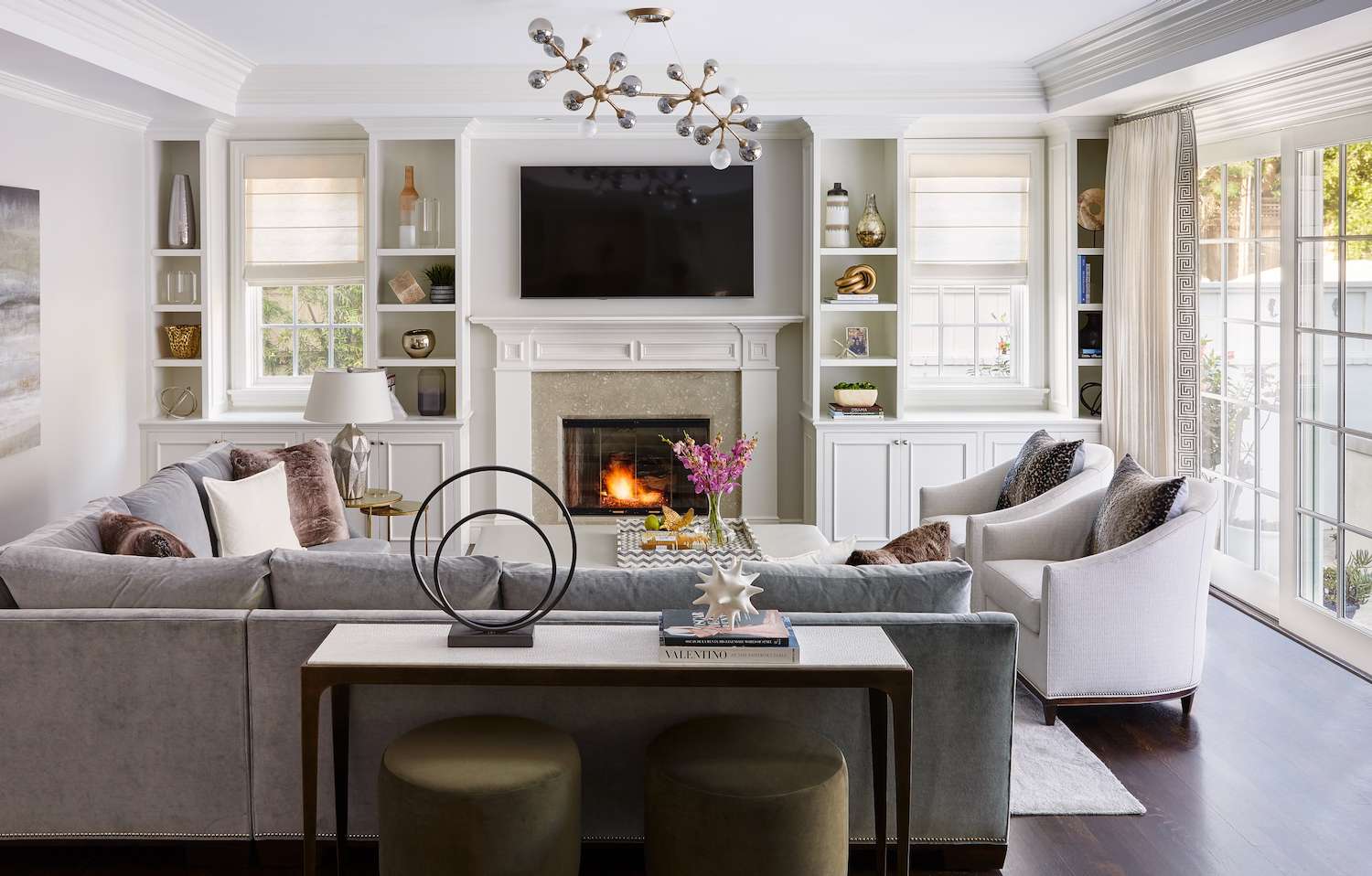
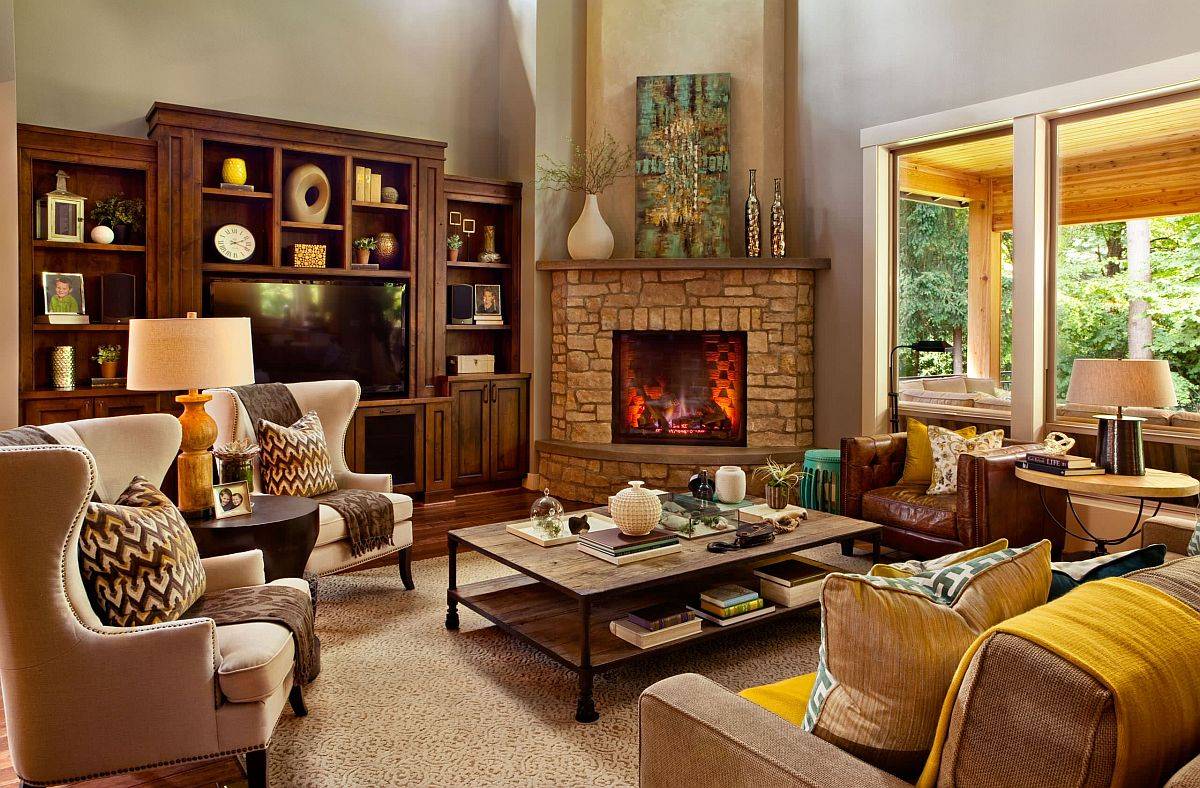
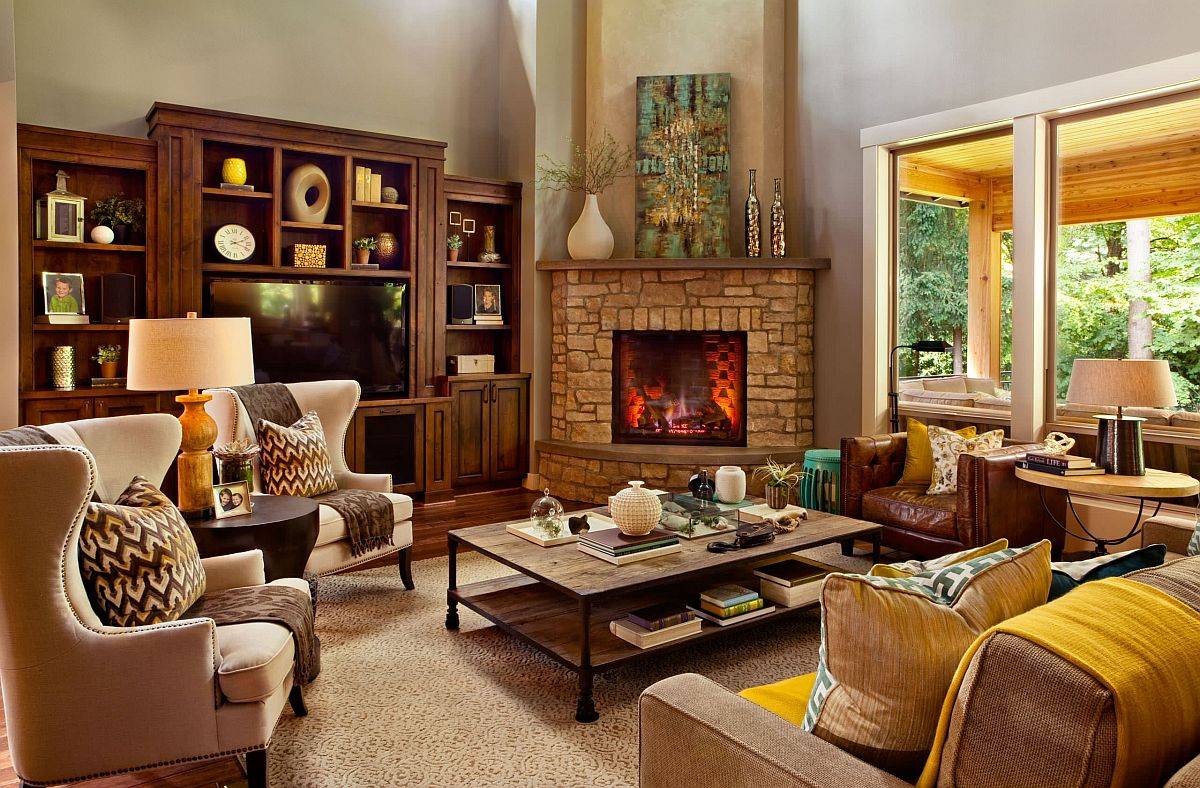
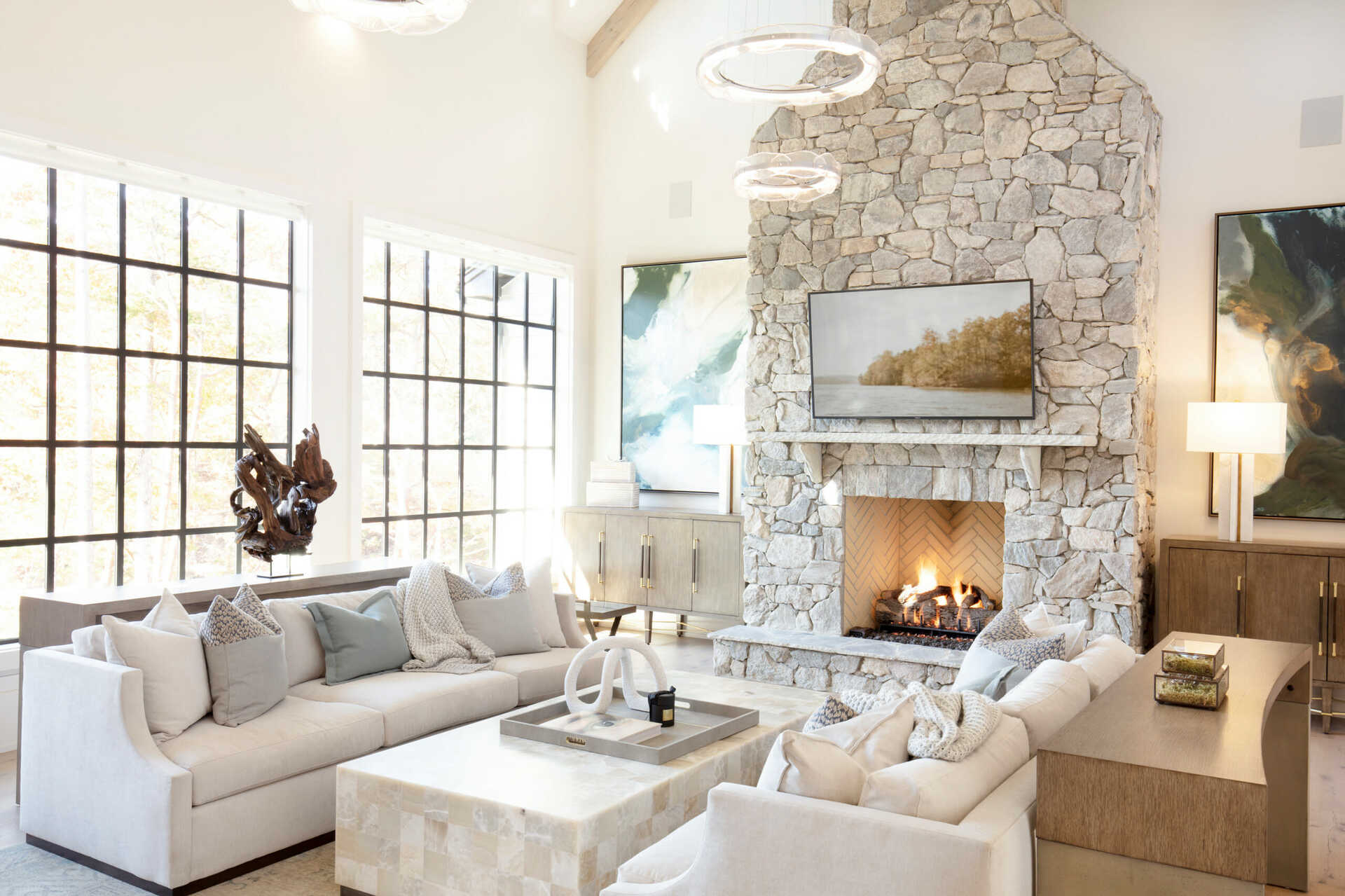
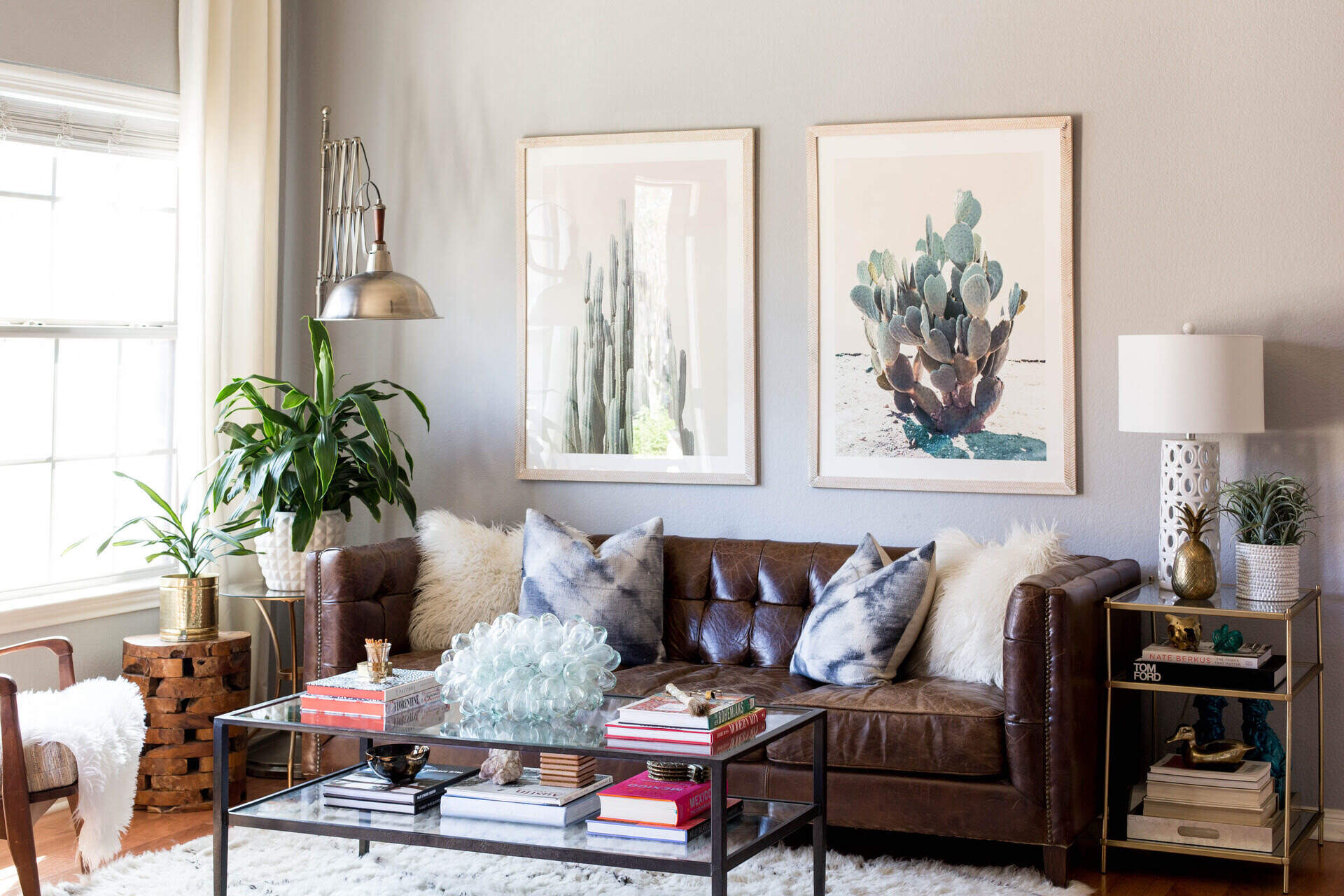
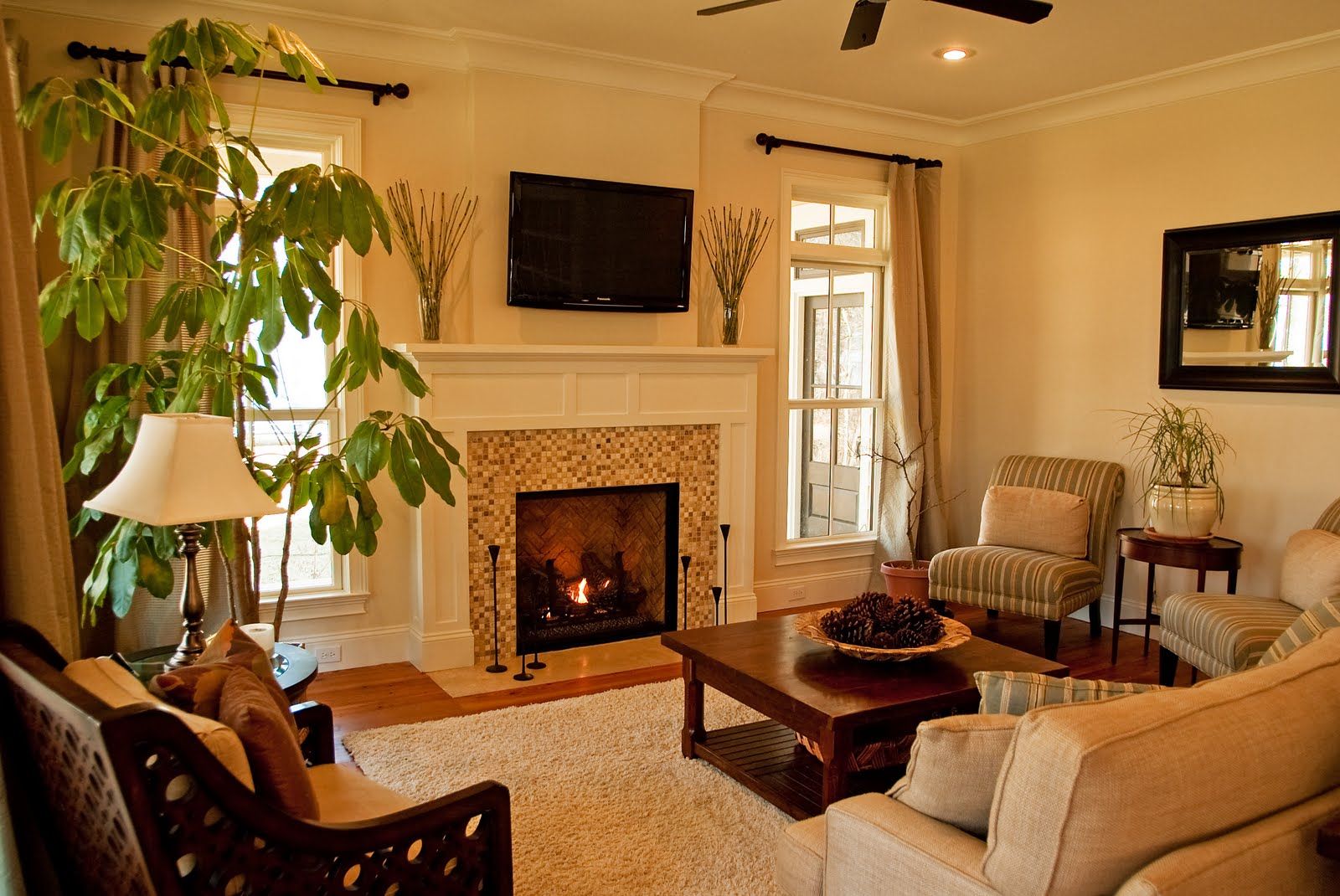
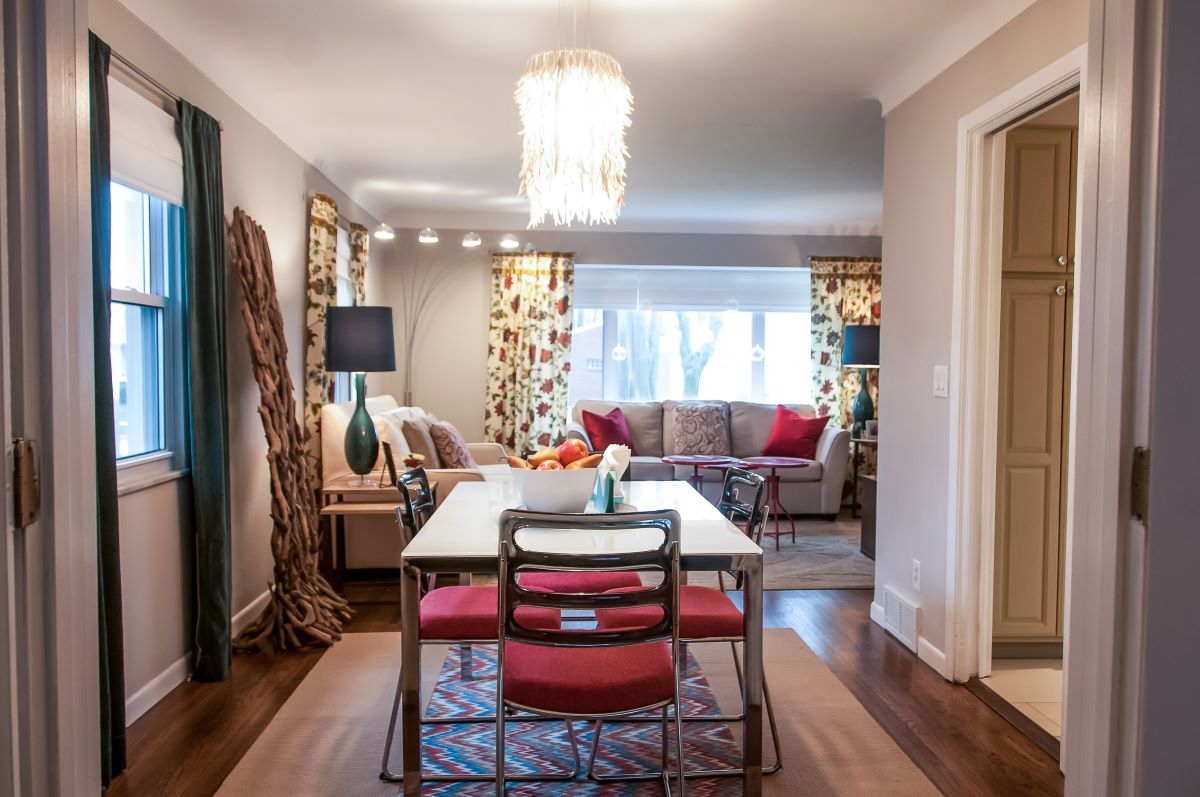
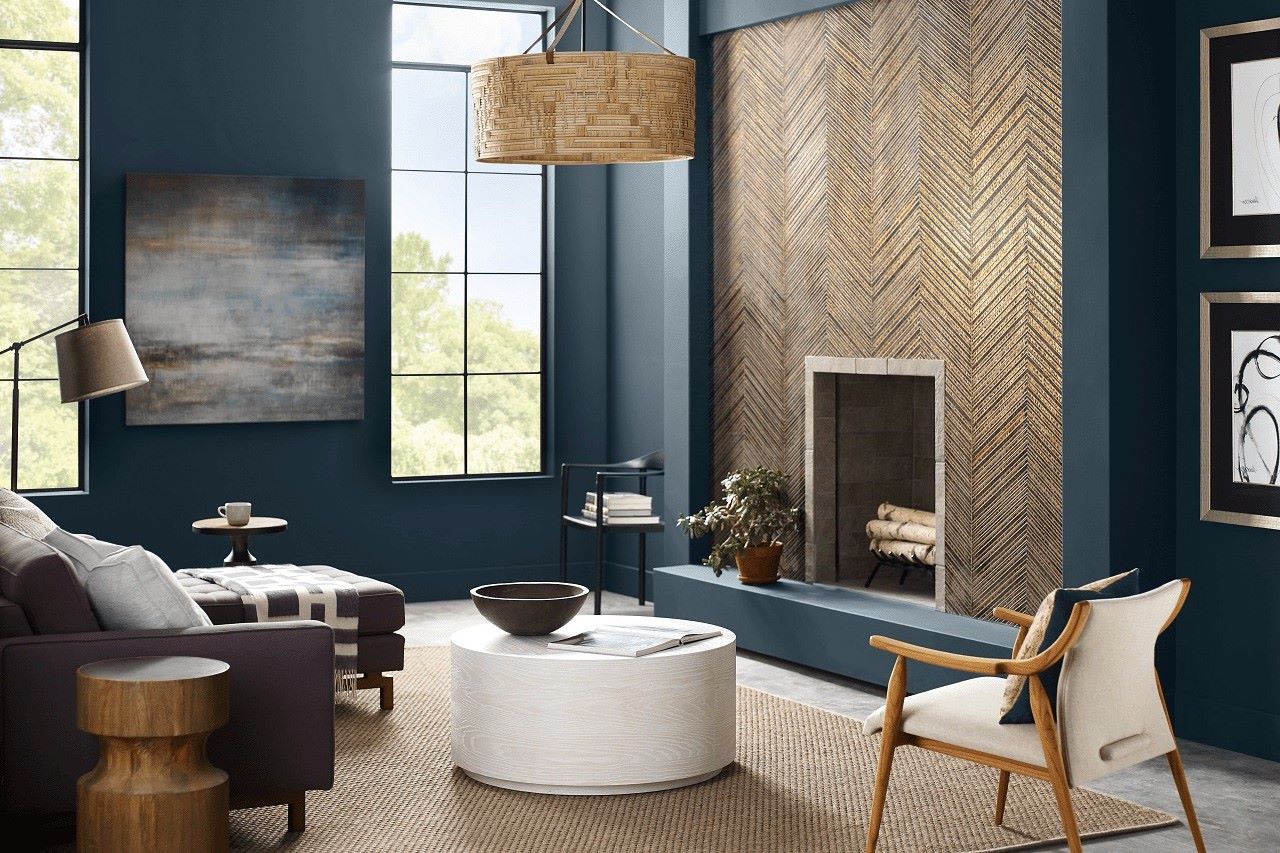
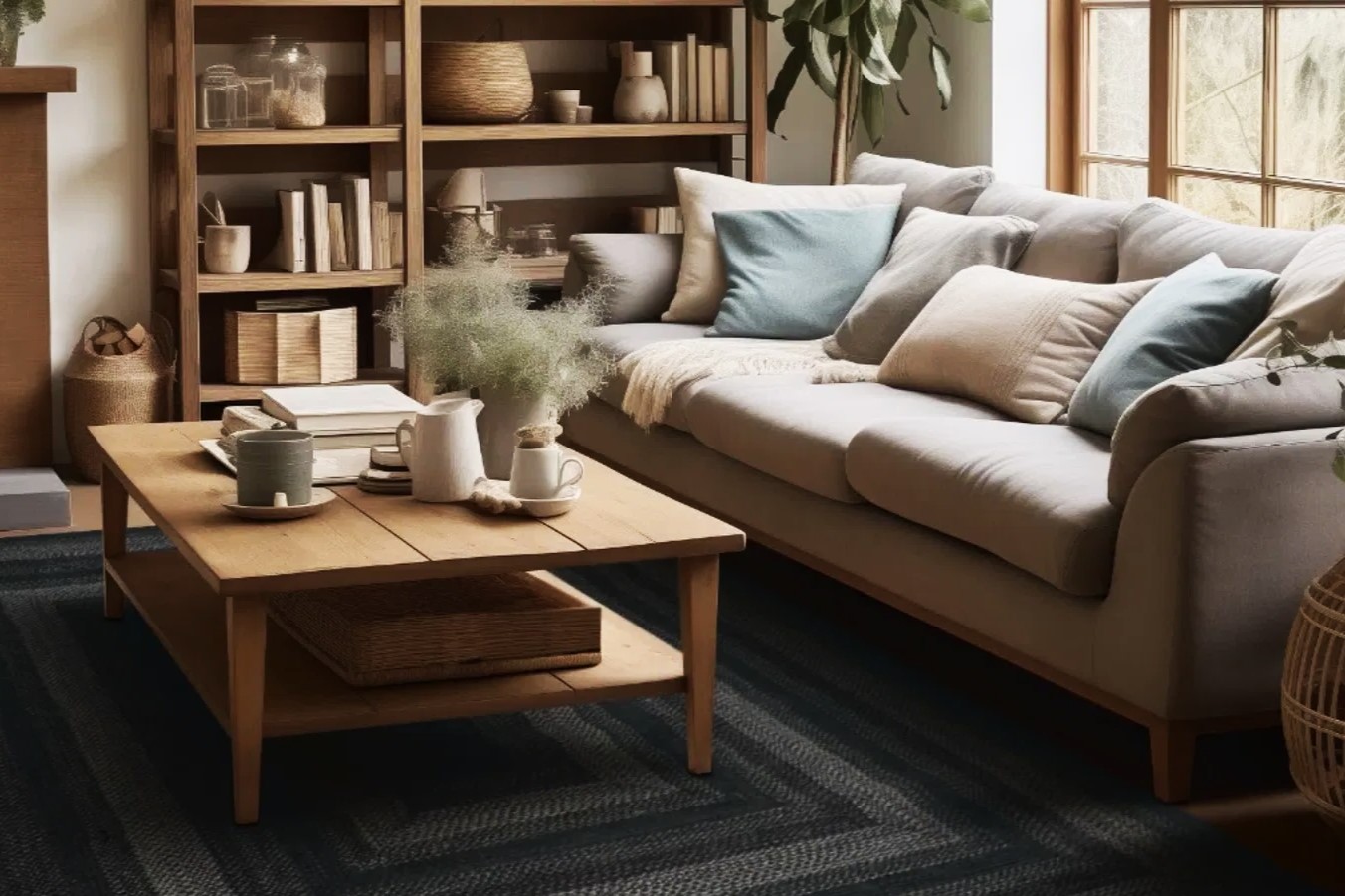
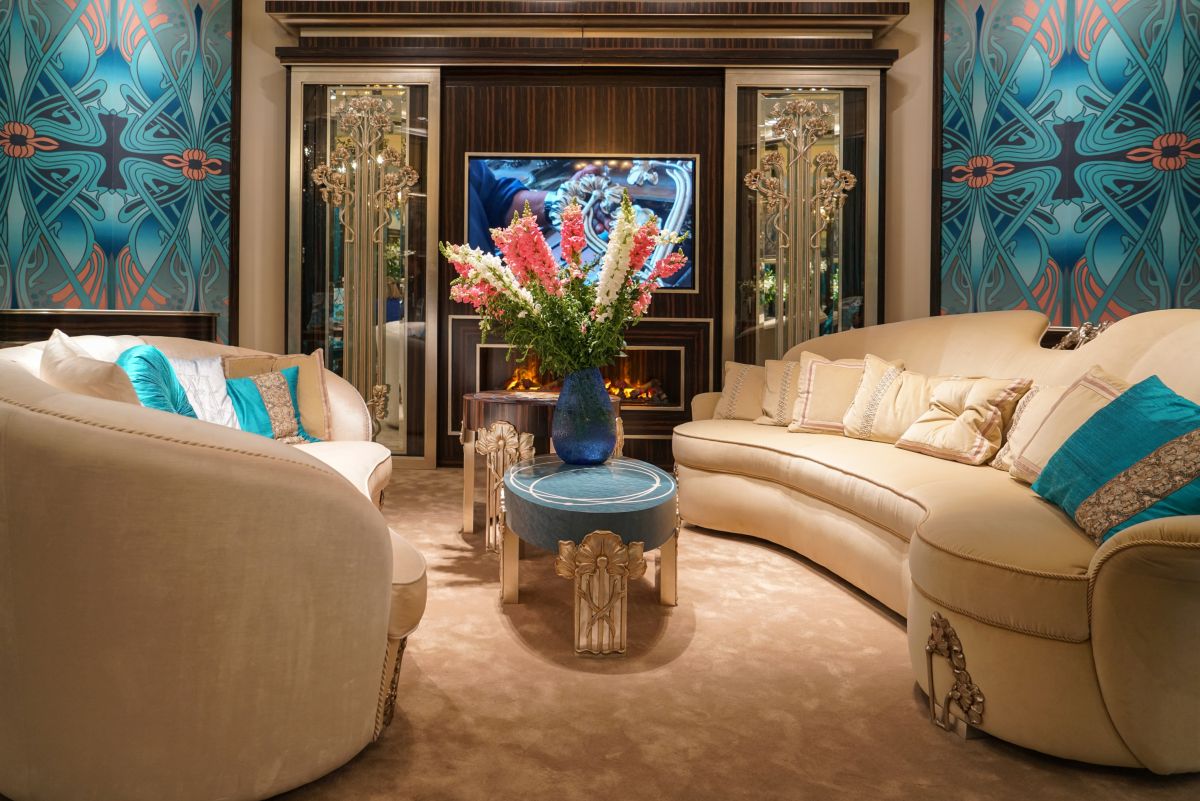
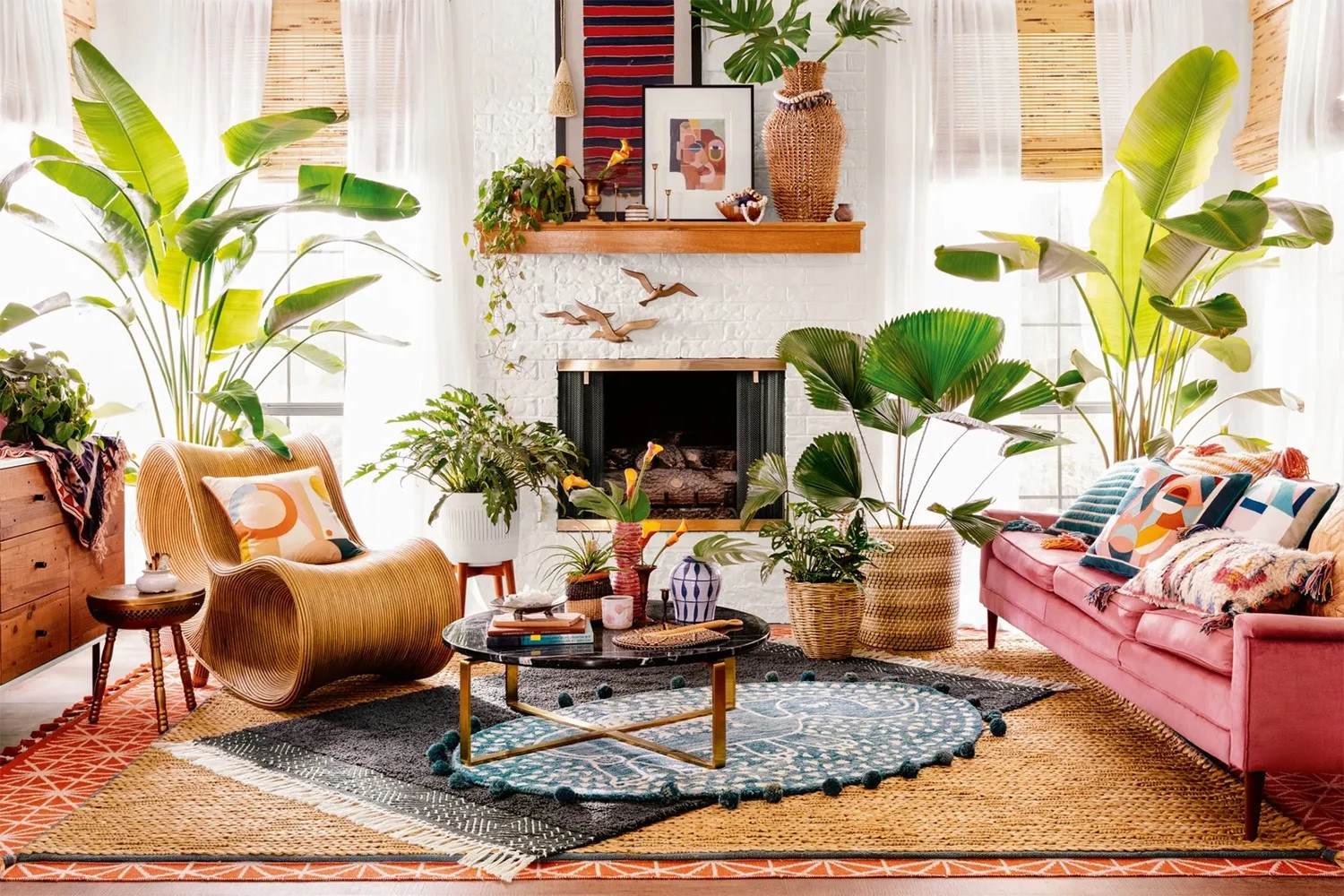
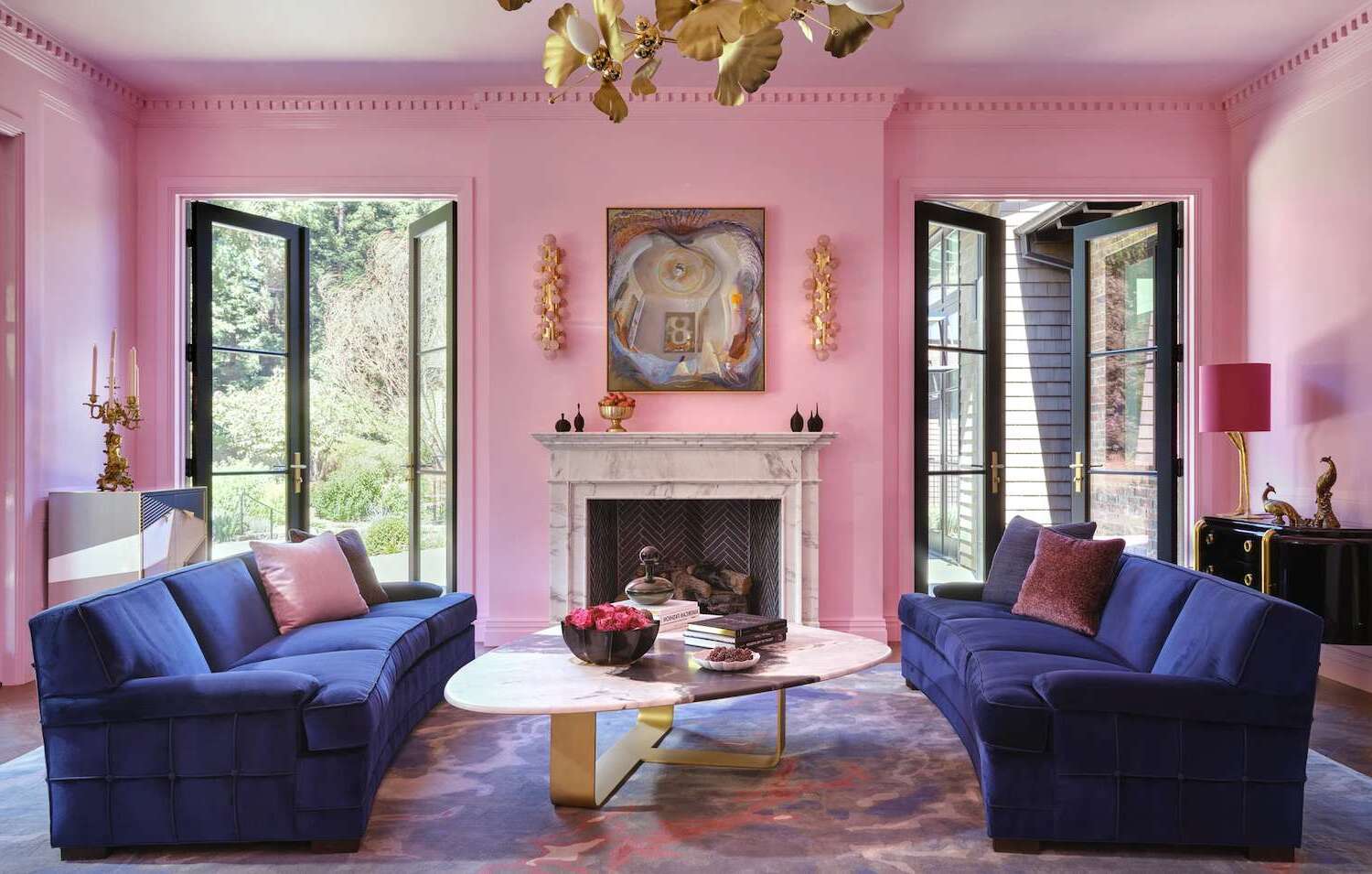
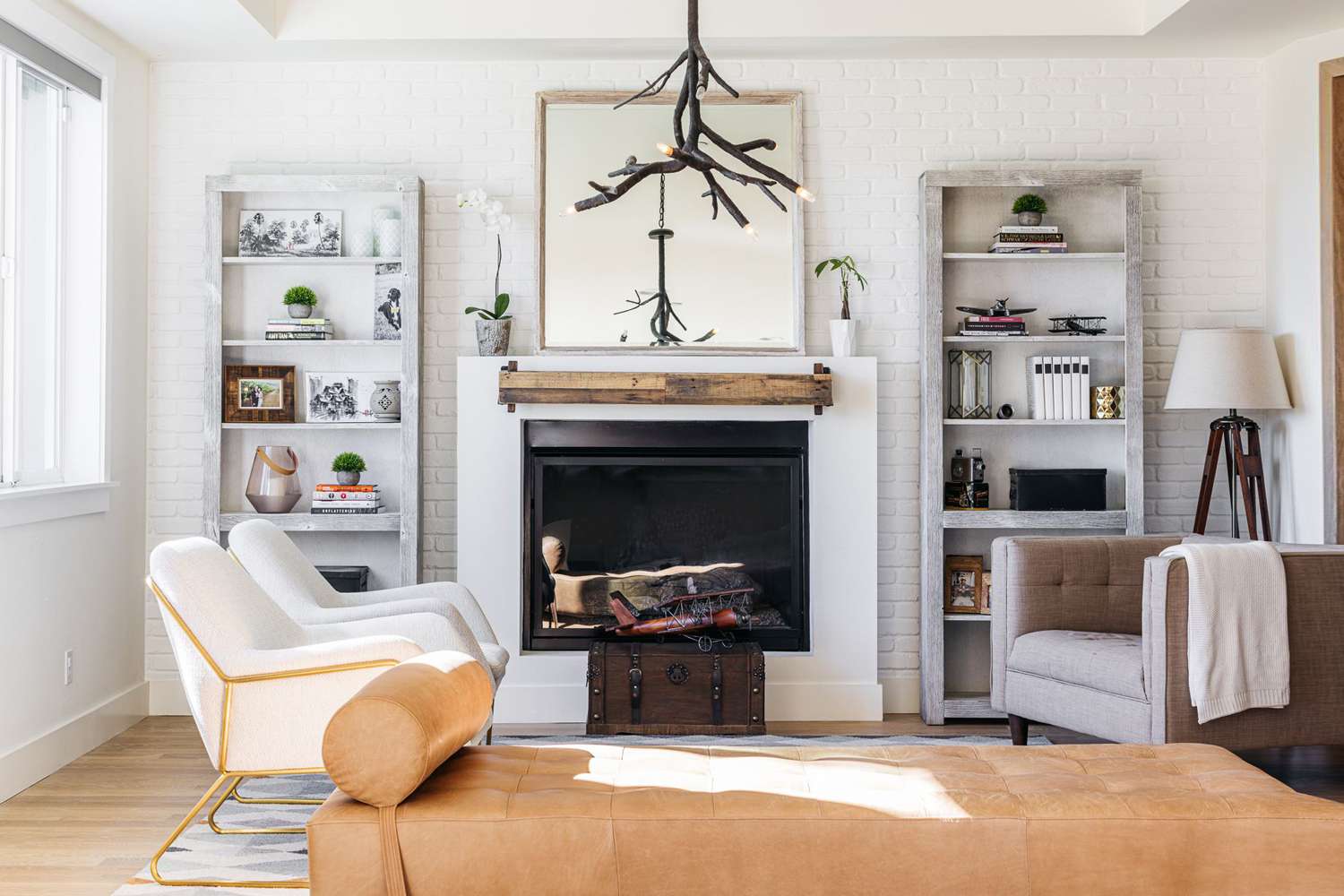

0 thoughts on “How To Decorate Living Room With Fireplace”